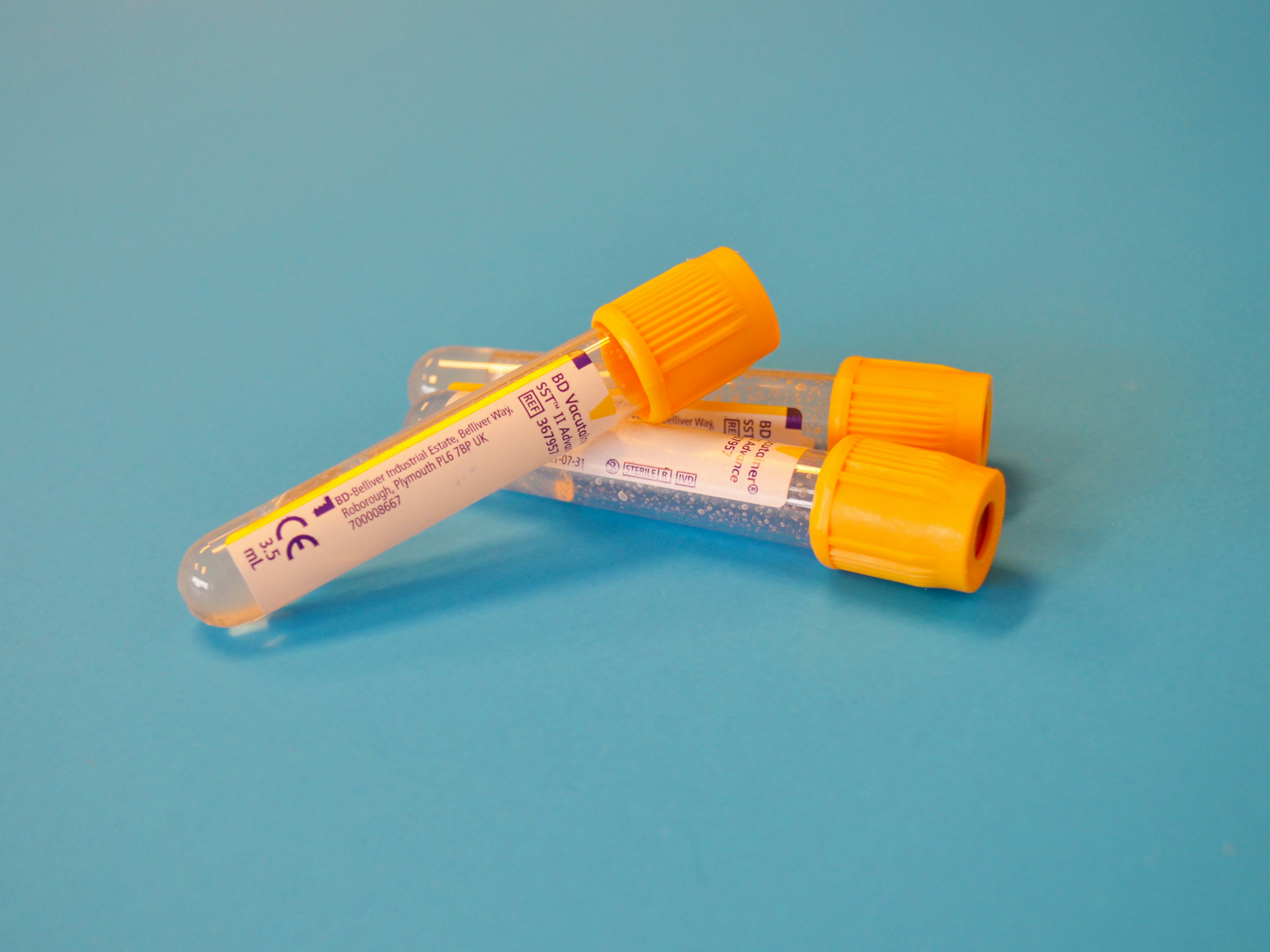The Link Between Menopause, Muscle Loss, and Weight Gain
As we get older, we naturally begin to lose muscle mass and strength, a process known as sarcopenia (1). This age-related muscle decline starts as early as our 30s and 40s, but the rate of loss increases significantly after age 50 (2).
During menopause, the precipitous decline in estrogen production accelerates this muscle loss even further. Estrogen plays a crucial role in regulating muscle mass and metabolism (3). With estrogen levels plummeting, the body becomes more prone to storing fat, especially around the midsection (4).
Additionally, menopausal women often become less physically active, which can compound the problem of muscle loss and weight gain (5). The combination of hormonal changes and reduced activity levels makes it easier to put on unwanted pounds during this stage of life.
Strategies for Maintaining Muscle Mass and Preventing Weight Gain
Fortunately, there are steps you can take to mitigate weight gain and support overall metabolic health throughout menopause. Here are some key strategies to consider:
1. Incorporate Strength Training
Engaging in regular strength training is crucial for preserving muscle mass as you age. Aim for 2-3 strength training sessions per week targeting all the major muscle groups. This will help counteract the natural decline in muscle that occurs with menopause (6).
2. Prioritize Protein Intake
Consuming enough high-quality protein is essential for maintaining and building muscle. Incorporate lean protein sources like poultry, fish, eggs, legumes, and dairy into your diet. Shoot for 20-30 grams of protein per meal (7).
3. Track Calorie Intake vs. Expenditure
Pay close attention to the balance between the calories you consume and the calories you burn through daily activity. Use a food diary or calorie-tracking app to monitor your intake. Adjust your diet as needed to create a moderate calorie deficit to support weight management (8).
4. Increase Physical Activity
In addition to strength training, aim for at least 150 minutes per week of moderate-intensity aerobic activity, such as brisk walking, swimming, or cycling. This will help you burn more calories and maintain a healthy metabolism (9).
5. Focus on Nutrient-Dense, Fiber-Rich Foods
Choose whole, unprocessed foods that are high in fiber, vitamins, and minerals. These types of foods will keep you feeling fuller for longer and support overall health. Emphasize vegetables, fruits, whole grains, legumes, and healthy fats (10).
By implementing these strategies, you can help minimize weight gain, maintain muscle mass, and support your overall wellbeing during the menopausal transition. Remember to be patient and consistent - sustainable weight management takes time and commitment.
If you continue to struggle with weight gain or other menopausal symptoms, be sure to consult with your healthcare provider. They can provide personalized guidance and recommendations tailored to your unique needs. To book an appointment for an individualized menopause weight loss plan, contact us today.
References:
- Doherty, T.J. (2003). Invited review: Aging and sarcopenia. Journal of applied physiology, 95(4), 1717-1727.
- Janssen, I., Heymsfield, S.B., & Ross, R. (2002). Low relative skeletal muscle mass (sarcopenia) in older persons is associated with functional impairment and physical disability. Journal of the American Geriatrics Society, 50(5), 889-896.
- Messier, V., Rabasa-Lhoret, R., Barbat-Artigas, S., Elisha, B., Karelis, A.D., & Aubertin-Leheudre, M. (2011). Menopause and sarcopenia: A potential role for sex hormones. Maturitas, 68(4), 331-336.
- Toth, M.J., Tchernof, A., Sites, C.K., & Poehlman, E.T. (2000). Menopause-related changes in body fat distribution. Annals of the New York Academy of Sciences, 904(1), 502-506.
- Sternfeld, B., Bhat, A.K., Wang, H., Sharp, T., & Quesenberry Jr, C.P. (2005). Menopause, physical activity, and body composition/fat distribution in midlife women. Medicine & Science in Sports & Exercise, 37(7), 1195-1202.
- Daly, R.M., Rosengren, B.E., Alwis, G., Ahlborg, H.G., Sernbo, I., & Karlsson, M.K. (2013). Gender-specific age-related changes in bone density, muscle strength and functional performance in the elderly: a-10 year prospective population-based study. BMC geriatrics, 13(1), 1-8.
- Bauer, J., Biolo, G., Cederholm, T., Cesari, M., Cruz-Jentoft, A.J., Morley, J.E., ... & Boirie, Y. (2013). Evidence-based recommendations for optimal dietary protein intake in older people: a position paper from the PROT-AGE Study Group. Journal of the American Medical Directors Association, 14(8), 542-559.
- Redman, L.M., & Ravussin, E. (2011). Caloric restriction in humans: impact on physiological, psychological, and behavioral outcomes. Antioxidants & redox signaling, 14(2), 275-287.
- Sternfeld, B., & Dawson-Hughes, B. (2012). Parathyroid hormone and the risk of hip fracture among older adults: the Framingham Study. Journal of bone and mineral research, 27(12), 2539-2546.
- Slavin, J.L. (2005). Dietary fiber and body weight. Nutrition, 21(3), 411-418.










